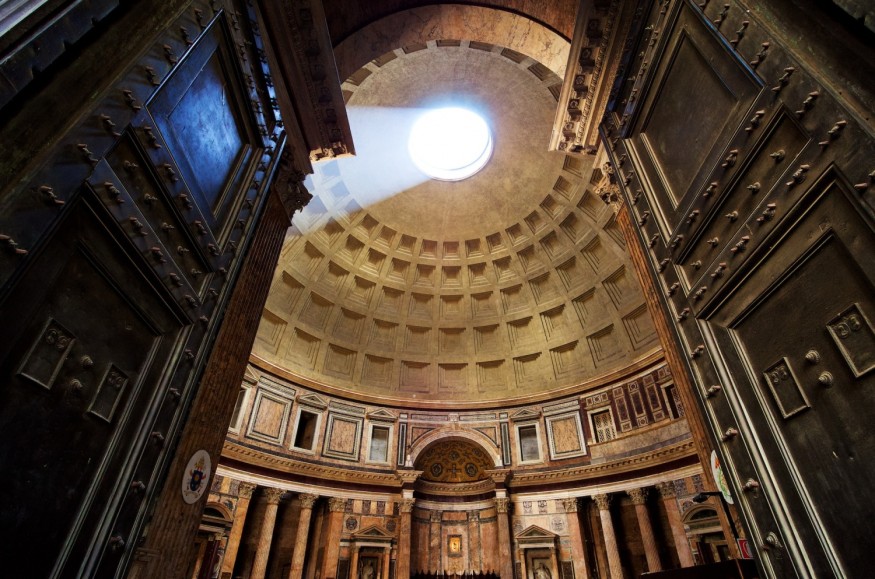
Roman concrete's self-healing feature allowed ancient constructions to remain standing for more than two thousand years.
All of Europe is still affected by the legacy of the former Roman Empire. Thanks to a unique type of concrete that has shown to be far more durable than its modern version, aqueducts, bathhouses, and seawalls constructed more than 2000 years ago remain standing today. The quicklime that was used in the mix is thought to have given the compound its self-healing qualities, which, according to scholars, is the reason Roman concrete has remained so resilient.
What is in Roman Concrete?
Although the Romans did not create concrete, they were the first to use it extensively. By 200 BCE, the bulk of their construction projects utilized concrete. The components of Roman concrete were water, a white powder called slaked lime, and tiny rock fragments known as tephra produced in volcanic eruptions.
In order to create modern concrete, a combination of water, Portland cement-a silicate material formed of limestone and clay or other materials-and extra particles are used. Due to the materials' widespread availability and low cost, Portland cement is the most commonly used component in modern concrete, making it a sensible building material.
Does Roman Concrete Have Self-Healing Properties?
Limestone, volcanic debris, and water make up the substance. Architects and historians have conjectured for years that the volcanic material makes it strong, and it is. However, it does not explain how the substance can cure itself.
What the researchers discovered was that the self-healing capacities might just be a coincidental chemical manipulation. The secret is likely the limestone in the concrete.
When the ancient Romans created mortar, they burned the lime to transform it into "quicklime"-a highly reactive chemical relative of limestone. Additionally, because water was added to the quicklime while mixing, the chemical foundation that resulted from that heat could subsequently be used to strengthen the concrete.
Later, as microscopic cracks begin to appear, the quicklime prevents them from enlarging. When it rains, lime reacts with the rainwater to recrystallize as different types of calcium carbonate, which swiftly fills the fissure or interacts with the volcanic ash to "heal" or rebind the material.
In the past, scientists have attempted to explain why Roman concrete is so durable. For instance, in 2017, scientists discovered that seawater interacts with the components of concrete to produce new, harder minerals, at least for structures that were exposed to the ocean.
Roman Concrete For Modern Buildings
Roman concrete, while durable over time and resistant to water erosion, offers lower compressive strength than contemporary Portland cement concrete. This unique Roman concrete blend might find niche applications in certain construction scenarios but is unlikely to become the standard matrix. Today, it's not commonly used due to its initial weakness in handling modern demands.
Although it gains strength as it ages and weathers seawater, its youthful state lacks the required compressive strength for modern applications, making it unsuitable for widespread use.
© 2025 NatureWorldNews.com All rights reserved. Do not reproduce without permission.





